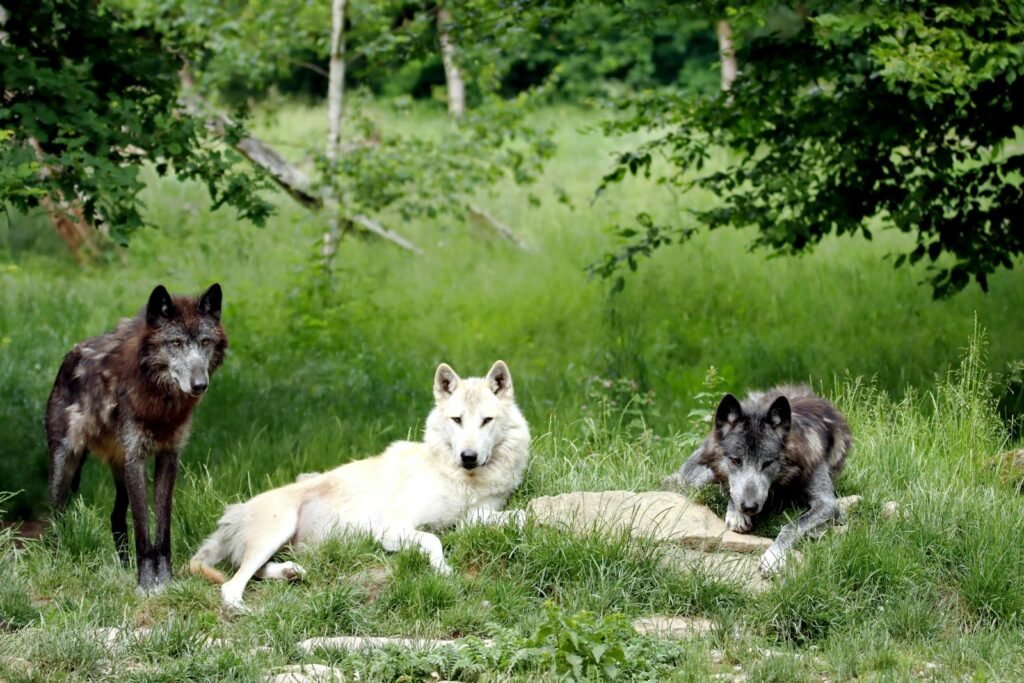A soft rustle among the mossy stones, a flash of chestnut fur, and a pair of curious golden eyes peer from the shadows—this is not a scene from a fairy tale, but a moment that is becoming increasingly real in Ireland’s ancient woodlands. For decades, the pine marten was little more than a ghost, nearly erased from the Irish landscape by hunting, habitat loss, and persecution. Now, in a surprising twist of fate, this elusive creature is making a dramatic comeback, rekindling hope for the forests and reminding us of nature’s incredible resilience. The story of the pine marten’s return is more than just an animal’s revival; it’s a powerful lesson in how even the smallest players can restore balance, inspire change, and spark a newfound wonder for the wild heart of Ireland.
A Glimpse into the Pine Marten’s World
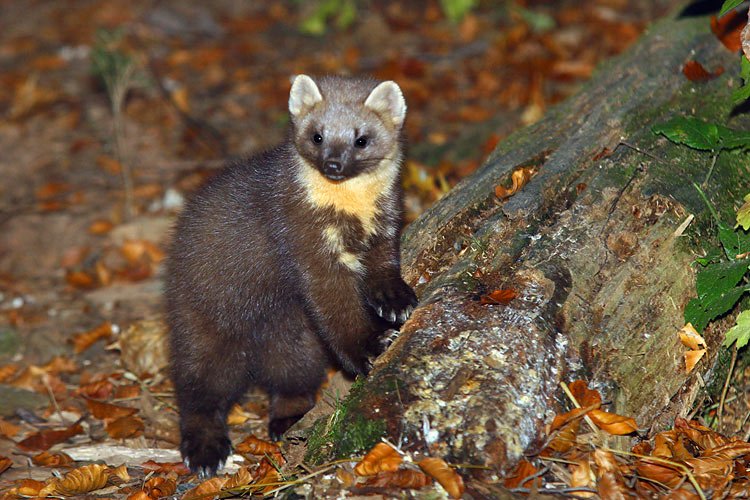
The pine marten, with its slender body, bushy tail, and rich brown fur, is one of Ireland’s most enchanting native mammals. Weighing between 1 and 2 kilograms and measuring just over half a meter in length, the pine marten is both agile and secretive. It prefers the tangled understory of mature woodlands, where it can climb trees with impressive ease, leaping from branch to branch in search of food or shelter. These animals are mostly nocturnal, adding to their air of mystery. Their soft, cat-like faces and creamy yellow throats make them instantly recognizable to those lucky enough to spot one. The pine marten’s presence signifies a healthy, biodiverse forest, acting as a barometer for ecosystem wellness.
The Disappearance: How the Pine Marten Nearly Vanished
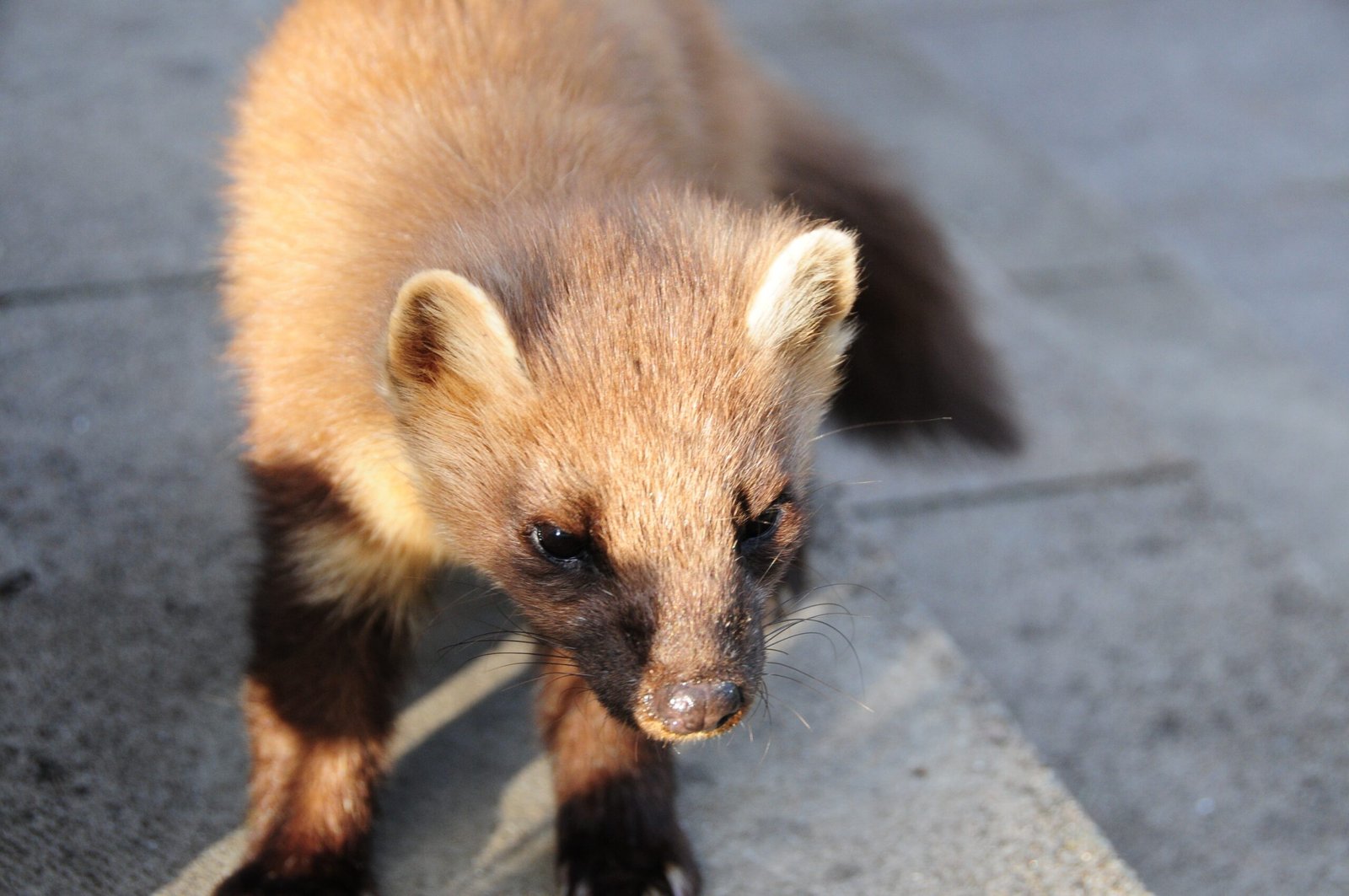
The pine marten’s decline in Ireland tells a sad story of human impact. In the 19th and early 20th centuries, these creatures became targets for fur hunters who prized their luxurious pelts. Farmers saw them as threats to poultry, leading to widespread trapping and poisoning. As Ireland’s ancient forests were cleared for agriculture and timber, the pine marten’s home shrank drastically. By the 1970s, the species had been reduced to a few remote pockets in the west and midlands, teetering on the edge of local extinction. The silence of the forests was a constant reminder of what had been lost—a vital predator and a piece of Ireland’s natural heritage.
Nature’s Great Comeback: A Conservation Success Story
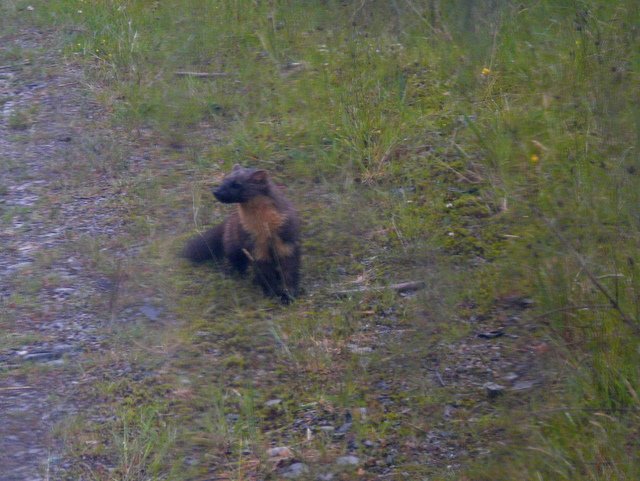
Against the odds, the pine marten has staged one of Ireland’s most remarkable wildlife recoveries. Legal protections introduced in the 1970s, combined with a gradual increase in broadleaf tree planting, gave the species a fighting chance. As forests matured and attitudes shifted, pine martens quietly began to reclaim their ancestral territories. Today, sightings are becoming more common, even in counties where the species had not been seen in living memory. The Irish public has started to embrace the pine marten, recognizing its role in the natural world and celebrating its return as a symbol of hope and healing for the land.
The Pine Marten’s Role in the Forest Ecosystem
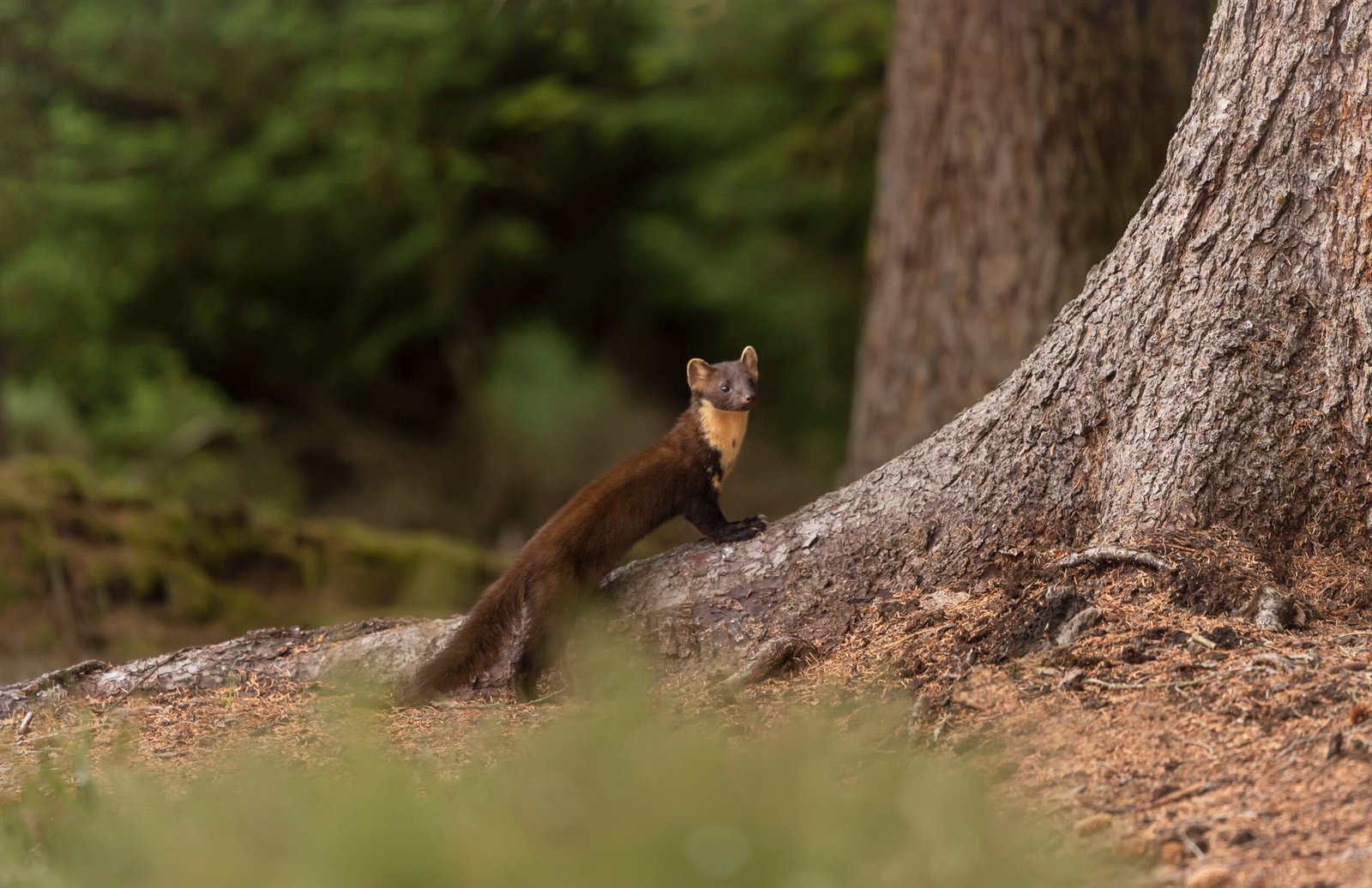
The pine marten is much more than a beautiful animal; it is a crucial player in forest health. As an omnivore, it feasts on a varied diet—small mammals, birds, insects, fruits, and berries. This flexibility allows it to adapt to different habitats and seasons. By preying on rodents such as mice and voles, pine martens help prevent population explosions that could otherwise damage young trees and disrupt the delicate balance of the forest floor. Their fondness for fruit makes them effective seed dispersers, planting the next generation of trees with every meal. In this way, pine martens act as silent gardeners, nurturing the wild places that sustain them.
A Surprising Ally: The Pine Marten and the Red Squirrel
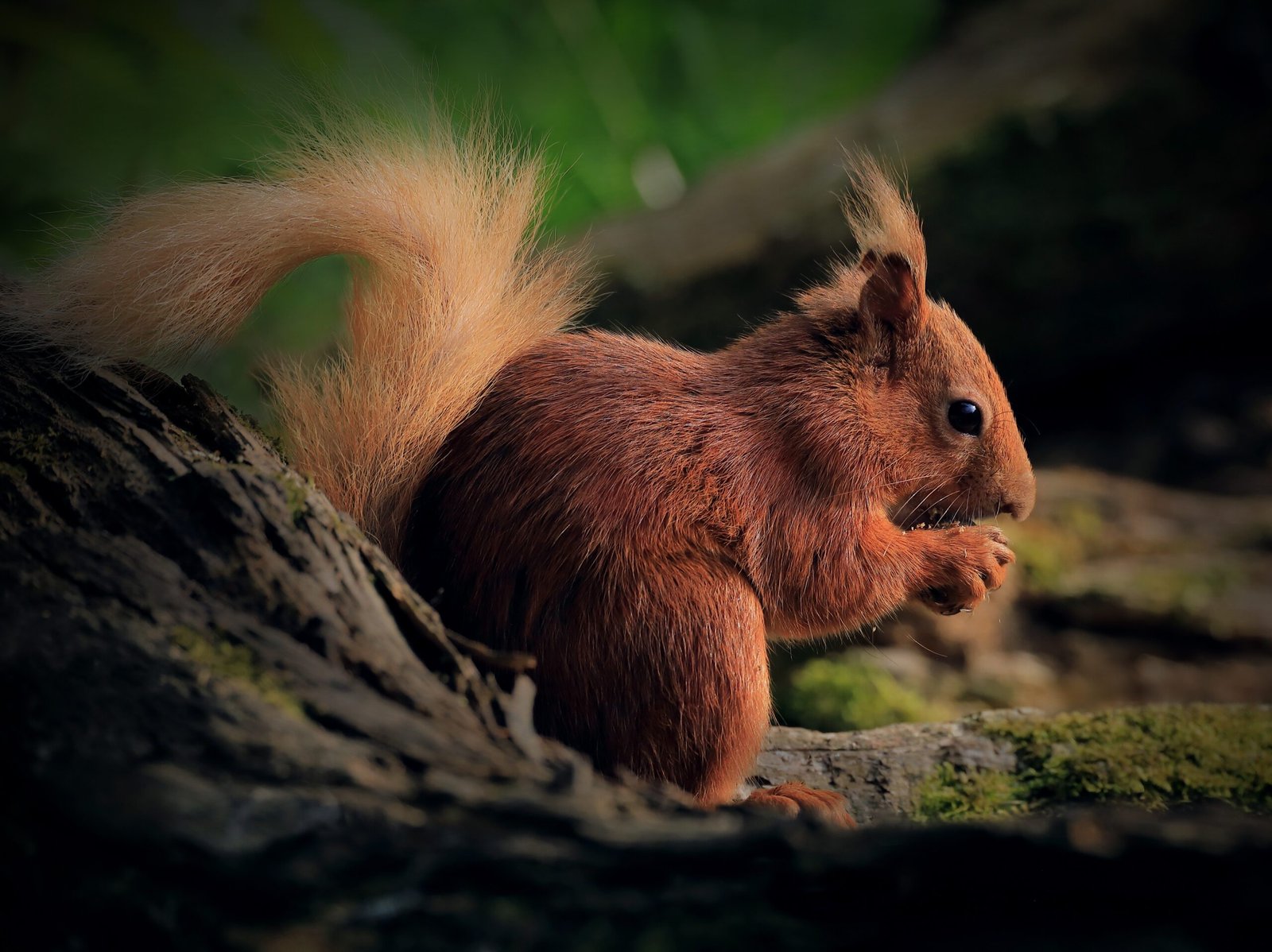
One of the most fascinating twists in the pine marten’s return is its unexpected partnership with Ireland’s native red squirrel. For years, the invasive grey squirrel, introduced from North America, outcompeted reds, causing their numbers to plummet. But as pine martens spread, a shift occurred—the greys, less agile and more ground-dwelling, became easier targets for the returning predator. Red squirrels, lighter and more at home in the treetops, were better able to evade pine martens. This natural predator-prey dynamic has begun to tip the balance, allowing red squirrels to reclaim lost ground and restoring a sense of equilibrium to Ireland’s woodlands.
Adapting to a Human-Dominated Landscape
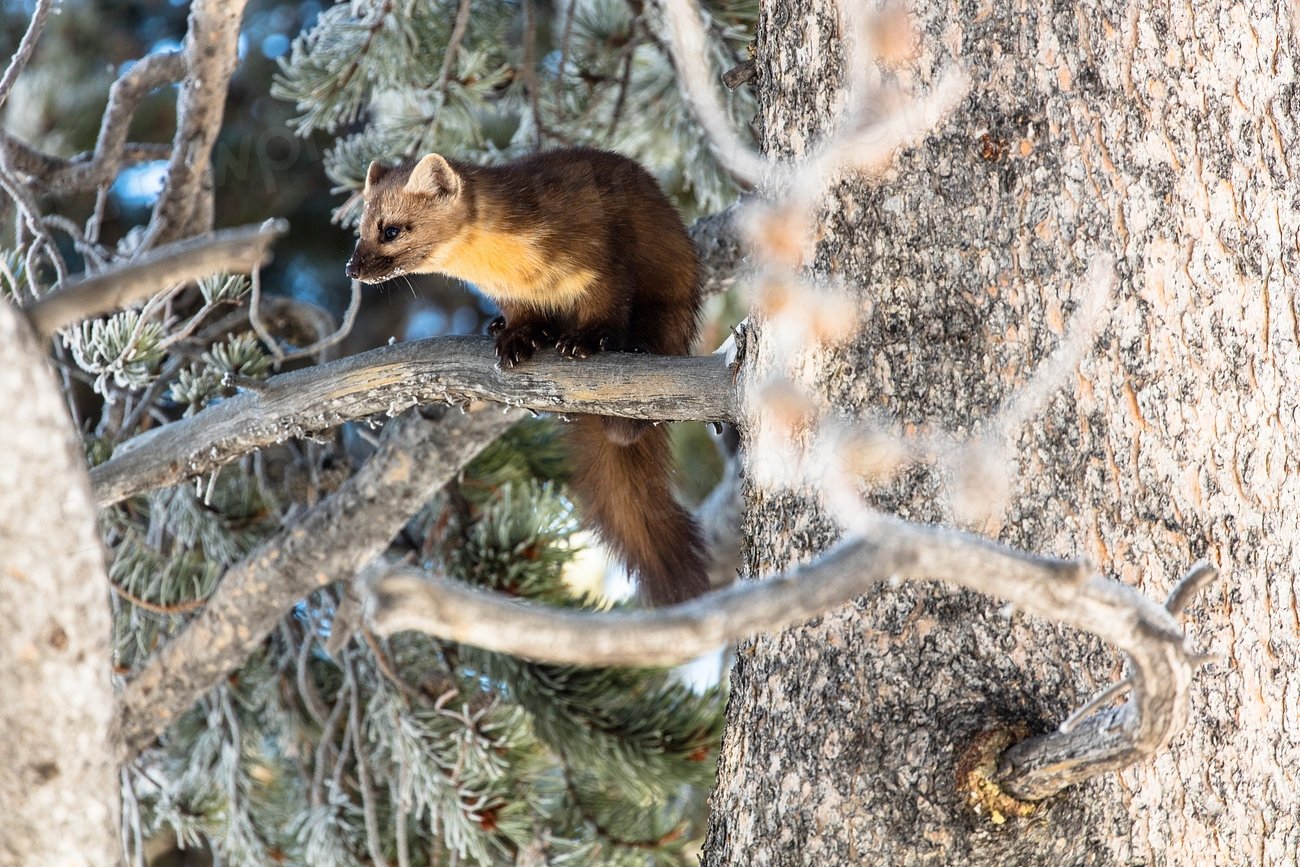
Despite their wild nature, pine martens have shown an impressive ability to adapt to modern Ireland. They navigate fragmented forests, hedgerows, and even rural gardens, taking advantage of new habitats. Some have made homes in old farm buildings or abandoned cottages, finding shelter where trees are scarce. While this adaptability is a testament to their resilience, it also brings them into closer contact with people. Farmers and rural residents occasionally raise concerns about poultry losses, but education and simple solutions—such as secure coops—have helped reduce conflict. The pine marten is learning to share the landscape, and so are we.
Challenges and Ongoing Threats
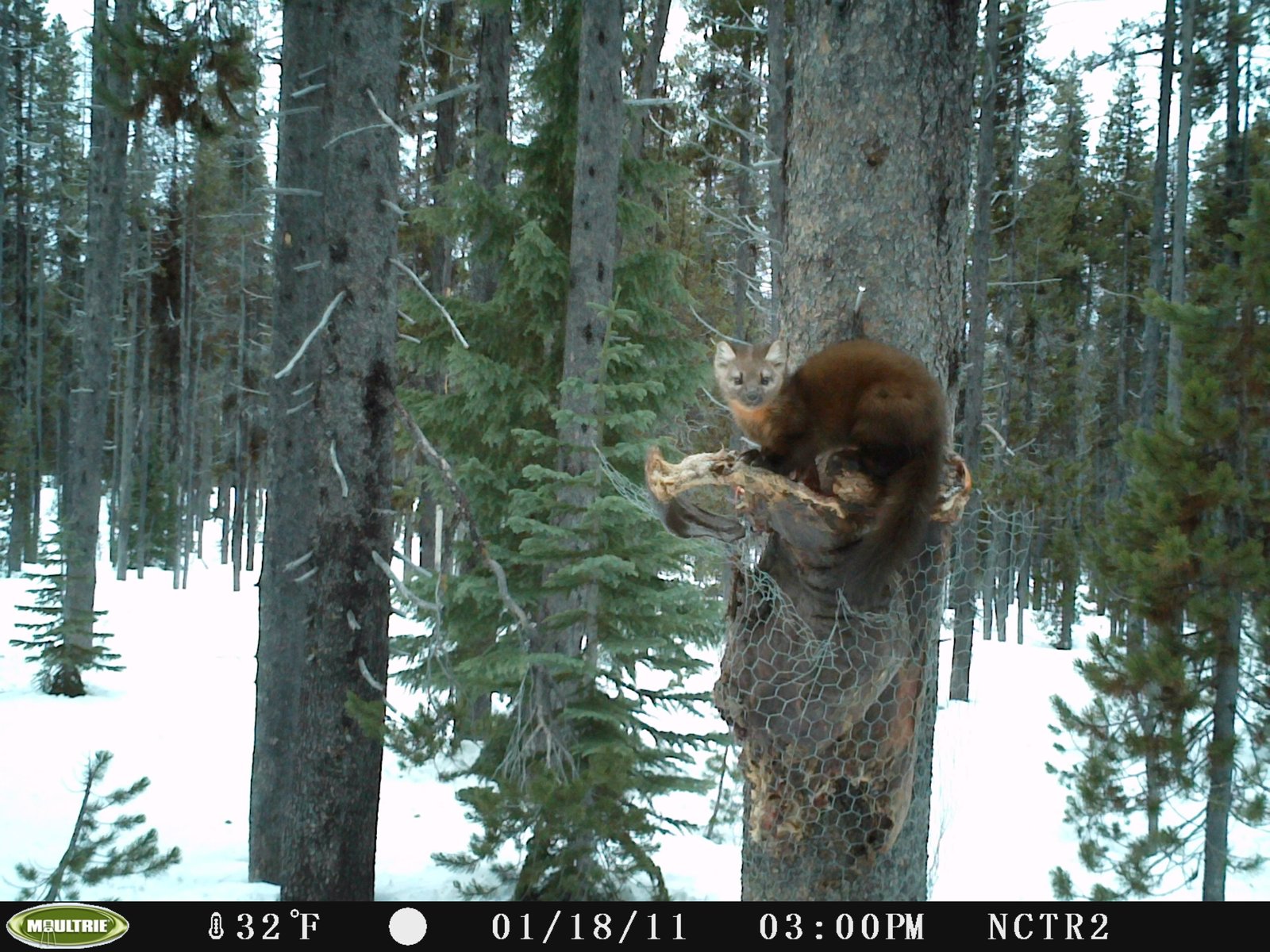
The pine marten’s recovery is a triumph, but it is not without challenges. Continued loss of mature woodland remains a serious threat, as does road traffic, which claims the lives of many martens each year. Illegal persecution, though much less common than in the past, still occurs in some areas. Climate change poses new questions, potentially altering the forests and food sources the species depends on. Conservationists stress the importance of vigilance—protecting habitats, monitoring populations, and fostering coexistence with rural communities are all vital for the pine marten’s future.
Community Science and the Joy of Discovery
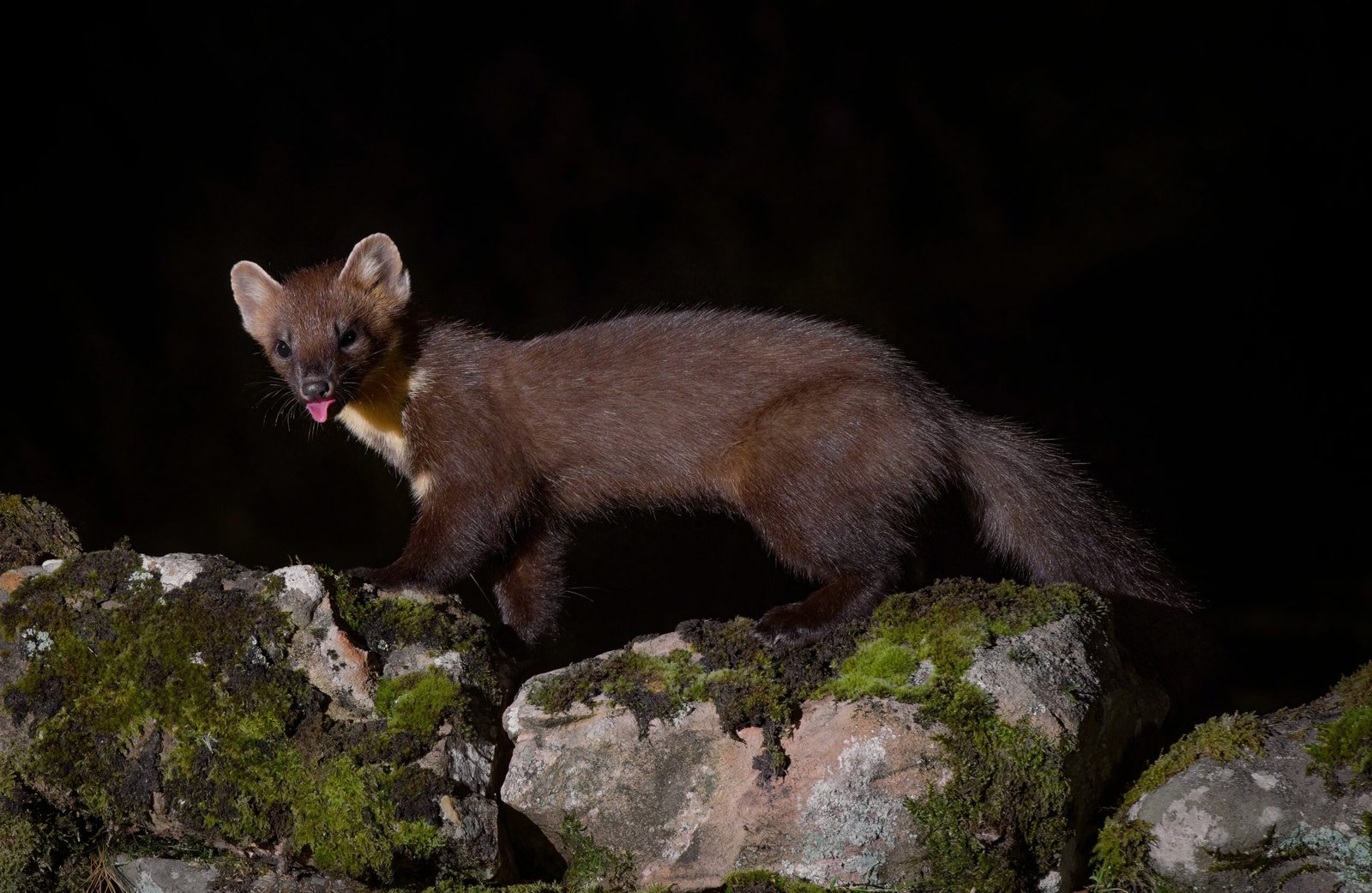
Across Ireland, ordinary people are playing a part in the pine marten’s story. Citizen science projects invite nature lovers to record sightings, set up motion-sensitive cameras, and collect evidence such as footprints or droppings. These efforts generate valuable data, helping scientists track the pine marten’s spread and understand its habits. For many, the thrill of discovering a pine marten trail or catching a glimpse on a woodland walk ignites a lifelong passion for wildlife. This grassroots involvement builds a sense of connection—between people and place, between past and future.
What the Pine Marten’s Return Means for Ireland
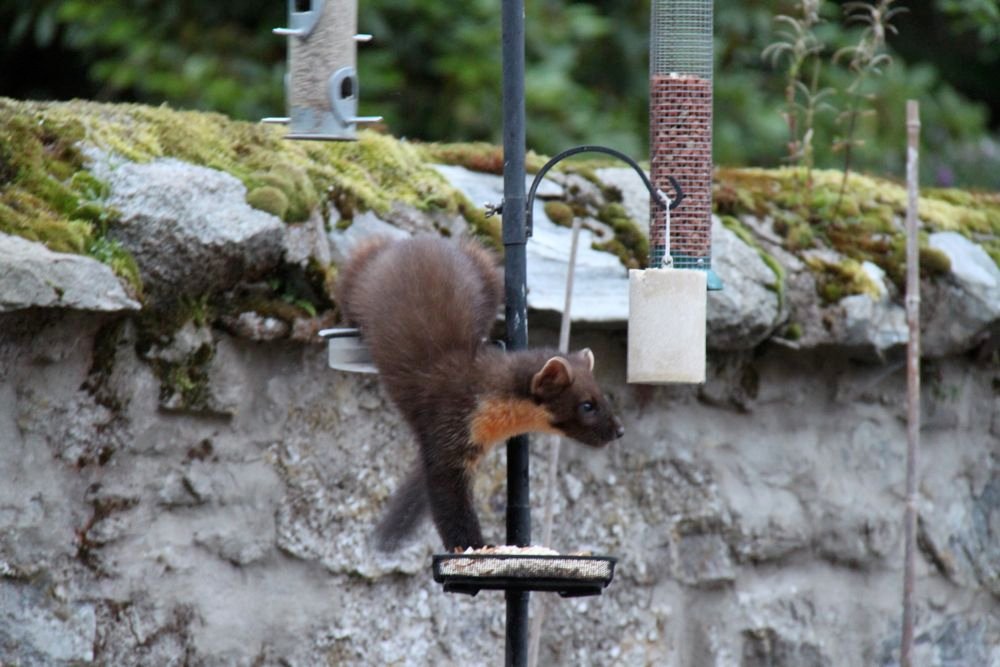
The return of the pine marten carries powerful symbolism. It demonstrates that, given time and protection, nature can heal. The story also highlights the interconnectedness of all living things—how the fate of a single species can ripple out, shaping the lives of others and restoring balance to entire ecosystems. Ireland’s forests are richer, wilder, and more vibrant with the pine marten back among them. This revival offers hope in an age of environmental crisis, reminding us that even small changes can spark profound transformations.
Looking Ahead: A Call to Cherish and Protect
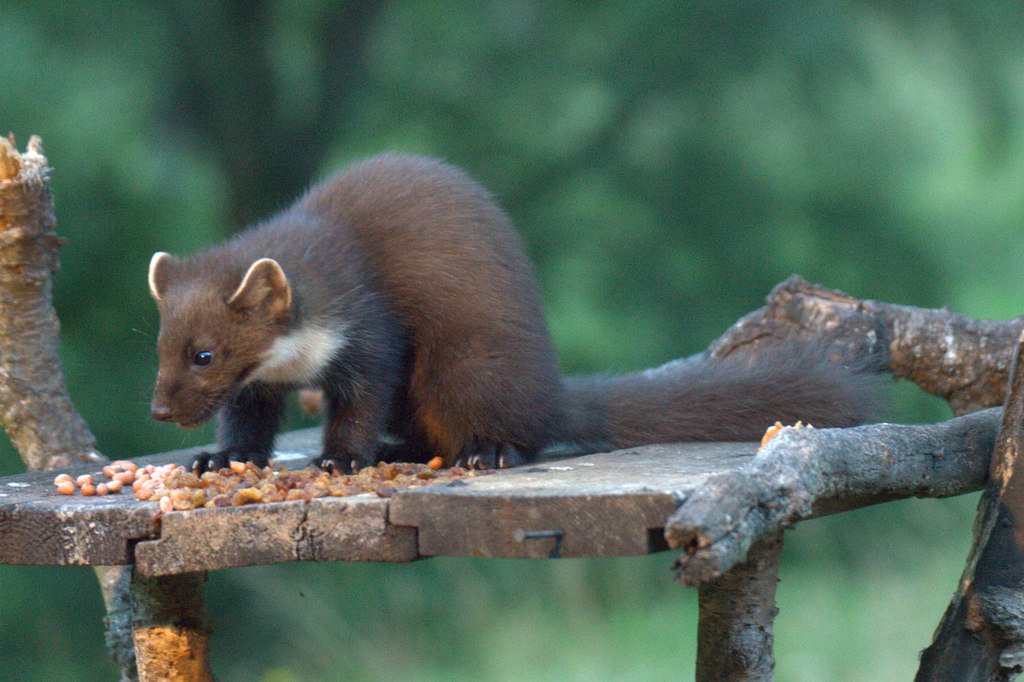
Ireland stands at a crossroads, with the chance to safeguard the fragile gains made by the pine marten and other native species. Planting native trees, preserving old woodlands, and fostering understanding between people and wildlife are all essential steps. The choices made today will determine whether future generations inherit forests teeming with life or echoes of what once was. The pine marten’s journey invites us to think bigger, to dream of landscapes where humans and nature flourish side by side. Will we answer that call?


